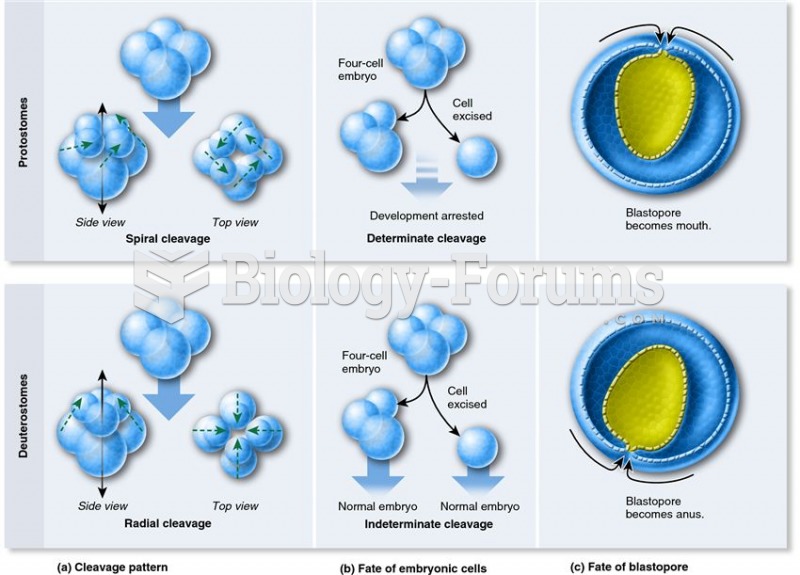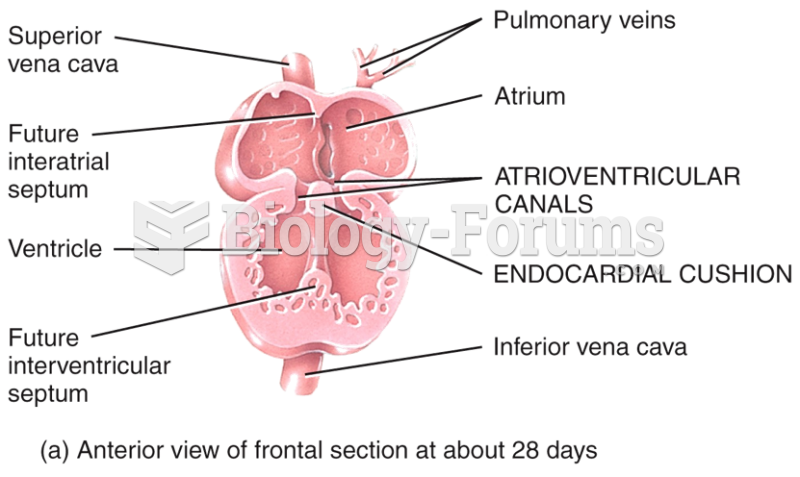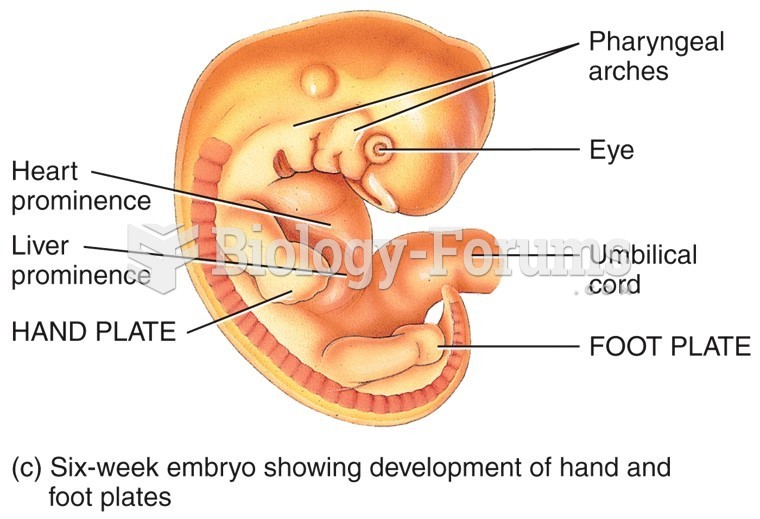Answer to Question 1
Systems perspective Outstanding performance depends on interactions
between and among the multiple elements of the
organization; between the people, processes,
structure, and values of the organization; and
between the organization and its external
environment.
Alignment perceptive The effectiveness of organizations will be determined
by a state of congruence between people, process,
structure, values, and environment.
Participation perspective People will become more committed to implementing
solutions if they have been involved in the problemsolving
process.
Social capital perspective To achieve outstanding performance, organizational
leaders seek to create a network of interdependent
relationships that provides the basis for trust,
cooperation, and collective action.
Teamwork perspective Accepting shared purpose and responsibility for
interdependent tasks enhances coordination,
commitment, and creativity and supports outstanding
performance.
Multiple stakeholder perspective
Outstanding performance requires that organizational
leaders balance the expectations of multiple
stakeholders: shareholders, employees, customers,
suppliers, host community, labor unions, trade
associations, governments, etc.
Problem-solving perspective
Conflicts over task issues can increase the quality of
decisions if they occur in an environment of
collaboration and trust.
Open communications perspective
Open and candid communication, especially upward
in the hierarchy, creates the opportunity for learning
and development while building trust and
collaboration.
Organizations must develop competencies to engage
in both incremental (evolutionary) and fundamental
(revolutionary) change.
Process facilitation perspective
Individuals who reside outside of the organizational
hierarchy can become both facilitators and teachers
of effective implementation processes in partnership
with organizational members.
Answer to Question 2
The field of organizational development (OD) soon coalesced around emergent
learnings from behavioral and social sciences to inform approaches to planned
organizational change. There are 10 key perspectives and assumptions that
underlie the field. OD offers a complex and systemic perspective on how and
why people behave and organizations operate. For that reason, OD provides
particular insight into the process of changing people's behavior and
organizations' operations. Three insights in particular help advance an
understanding of effective change implementation: organizations as open
systems, multiple stakeholders, and effective management of conflict.







